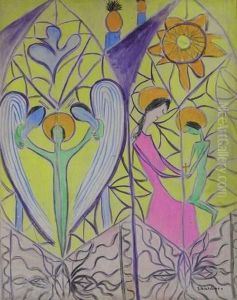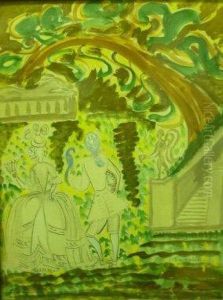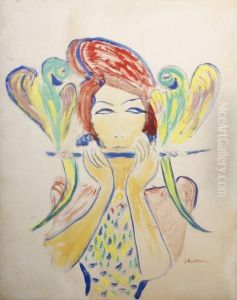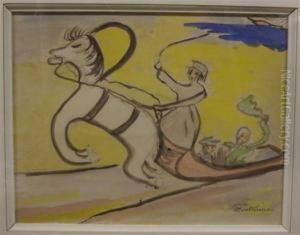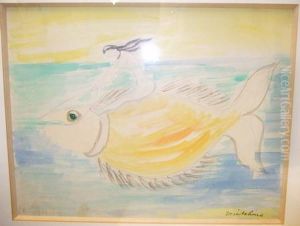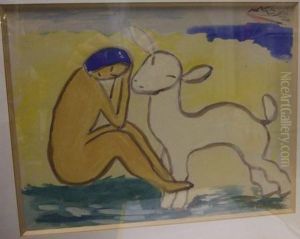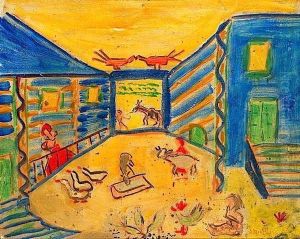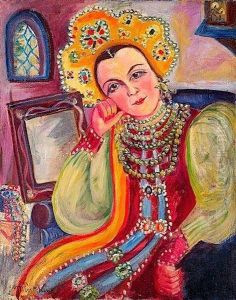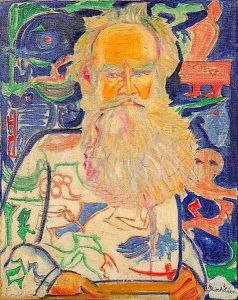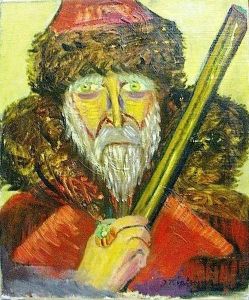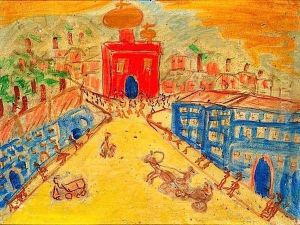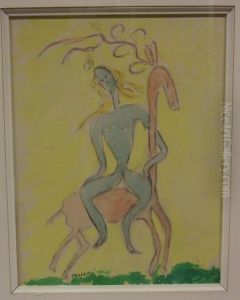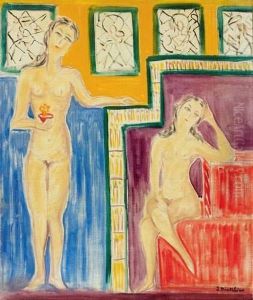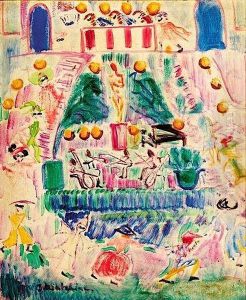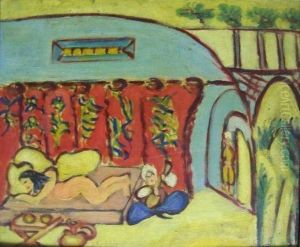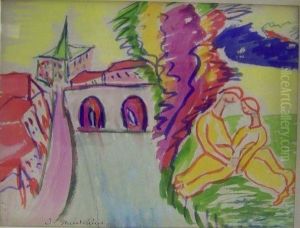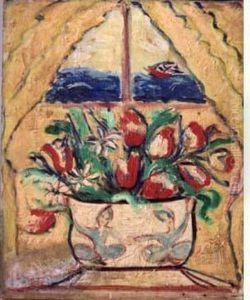Isaac Mintchine Paintings
Isaac Mintchine was a Russian-born painter, primarily associated with the School of Paris, an art movement that included many emigrant artists who moved to Paris between the First and Second World Wars. Born on April 13, 1898, in Kyiv, then part of the Russian Empire, Mintchine lived through a tumultuous period of history marked by revolution and upheaval.
His early life and training remain somewhat obscure, but it is known that he faced challenging circumstances, including the political instability and anti-Semitic environment in Russia. Mintchine moved to Berlin in the early 1920s, where he began to develop his artistic career. However, his stay in Germany was short-lived due to the growing political instability and the rise of Nazism. Seeking a more conducive environment for his work and life, Mintchine relocated to Paris in 1923.
In Paris, Mintchine became part of the city's vibrant artistic community, which was then the epicenter of the avant-garde. He was influenced by the works of the Old Masters as well as contemporary movements such as Cubism and Expressionism. His style evolved to reflect a unique blend of these influences, characterized by expressive brushwork, a rich palette, and a focus on the human figure and everyday scenes.
Mintchine's work began to gain recognition in the late 1920s, when he exhibited with other notable artists of the time. He was particularly known for his portraits, still lifes, and landscapes, which displayed a deep sense of empathy and humanism. Despite the promising trajectory of his career, Mintchine's life was cut short when he died of tuberculosis on March 25, 1931, in Paris, at the age of 32.
His premature death meant that Mintchine's work did not achieve the fame during his lifetime that it might have garnered had he lived longer. Nevertheless, his paintings have been appreciated posthumously, and he is remembered as a talented artist whose potential was never fully realized due to his untimely demise. Mintchine's works are now held in various private collections and museums, and they continue to be exhibited, contributing to the legacy of the School of Paris artists.
